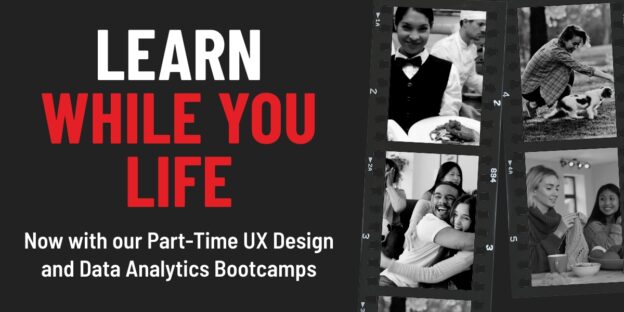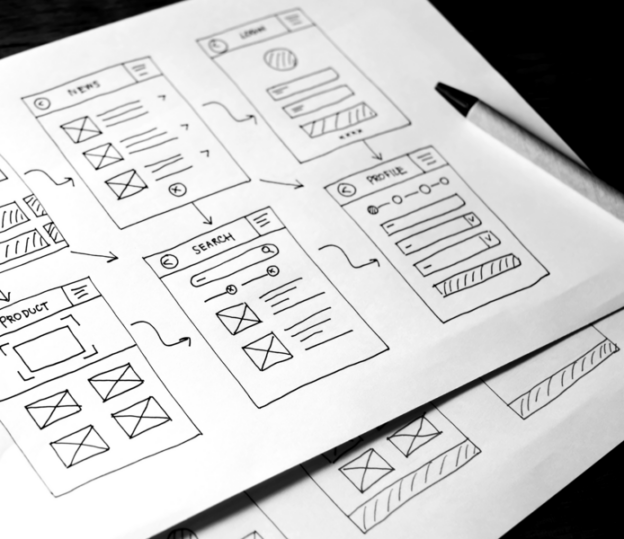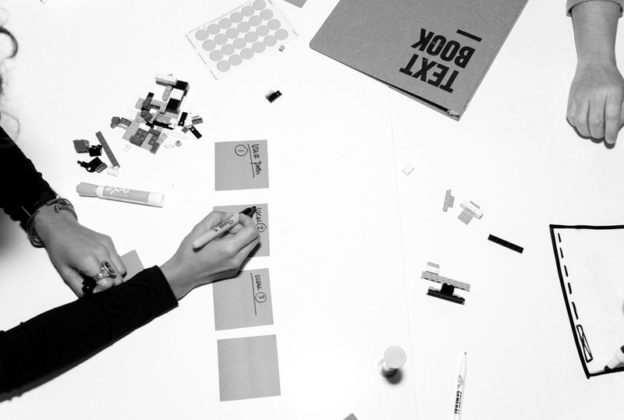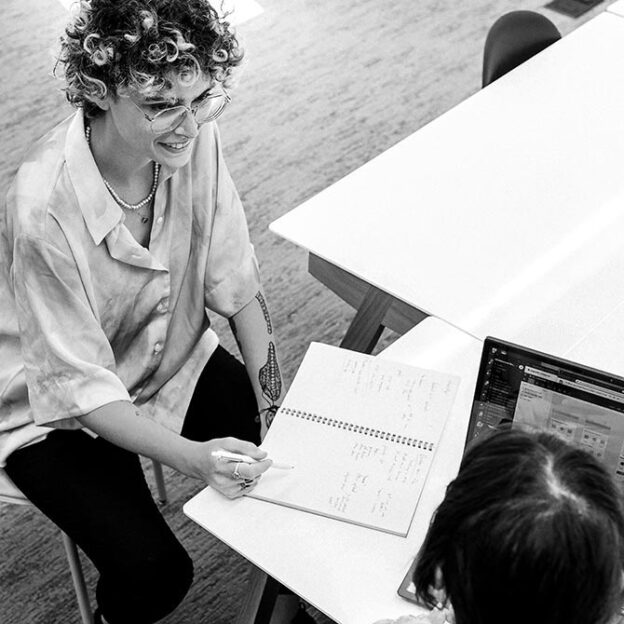Traditionally, “highly paid” and “creative career” doesn’t appear in the same sentence, but as technology transforms every part of the creative process, the demand for creative technologists is surging, creating opportunities for artistic-minded tech workers.
The internet and social media have ushered in a digital creative renaissance, where artists are experimenting with new mediums like augmented reality and virtual reality, and emerging tools like generative AI. Art exhibits have transformed from static gallery shows to immersive experiences created by UX designers. Digital artists increasingly rely on technology as their studio, leveraging software tools like Adobe Creative Cloud, Open AI’s DALL-E, and Procreate to create their next masterpiece.
Similarly, the music industry is experiencing historic change. Software editing programs and virtual instruments have unlocked new possibilities for creative expression. Technology like streaming services have enabled artists to embrace new ways of marketing and distributing their music. Social media platforms make fan engagement possible in real-time.
Even already tech-savvy industries like film, television, and video gaming are seeing new opportunities emerge thanks to innovations in 3D graphics, video streaming, and computer performance. The metaverse has unlocked an entirely new world for the entertainment industry to seize, emerging after the pandemic shuttered live events and forced entertainment companies to get creative with digital offerings.
While technical innovation in creativity is exciting, it also poses legal and ethical concerns around things like an artist’s copyright and control over their work, meaning the field is ripe for innovation in the privacy, security, and compliance spaces.
Continue reading →


